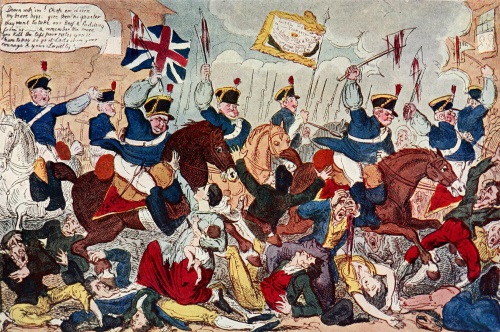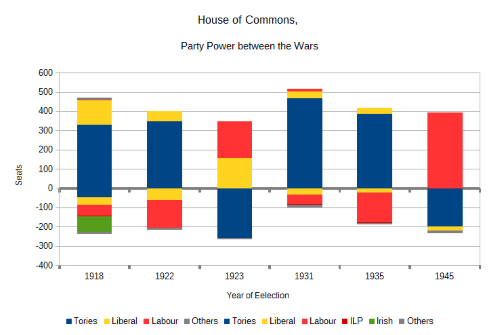I stayed up the People’s History Museum after the meeting and had a quick wander round the standing exhibition. Since it’s a museum of the working class, it’s stronger on the period after the industrial revolution and focuses on the coming of the franchise, the foundation of the trade unions and the Labour Party and the suffragettes. I did however stop at their exhibitions on Thomas Paine and even earlier the Levellers. It opens with two panels on corruption of power and the secret societies which were the precursors of the trade unions, both of which are becoming more accurate by the day.
Being Manchester, there are a number of panels talking about the Peterloo massacre where local Militia attacked a mass picnic and demo convened to campaign for the vote for all. They also have a section on the Tolpuddle Martyrs, and the founding of the Trade Unions. There were panels on the Match Girls strike and Dagenham, celebrating the role of women as trade union organisers.
There was a section reminding me that the whole of the period between the wars was once of massive political flexibility as the Liberals, Labour & Tories split, recombined and Labour came to be the voice of the working class. I was inspired to illustrate this, and the chart below shows this, although I could have illustrated the creation of the war time coalition in 1939. It shows the dominance of the Tory party throughout the period. When I was at school, History stopped at 1914.
I have used Wikipedia as my source, and there are some judgements made which I haven’t sourced. This might be better if I ordered the parties differently. The exhibition focused on newspaper headlines and interestingly, there were few changes of government without an election.



Pingback:Mandates – davelevy.info
Pingback:English Revolution – davelevy.info